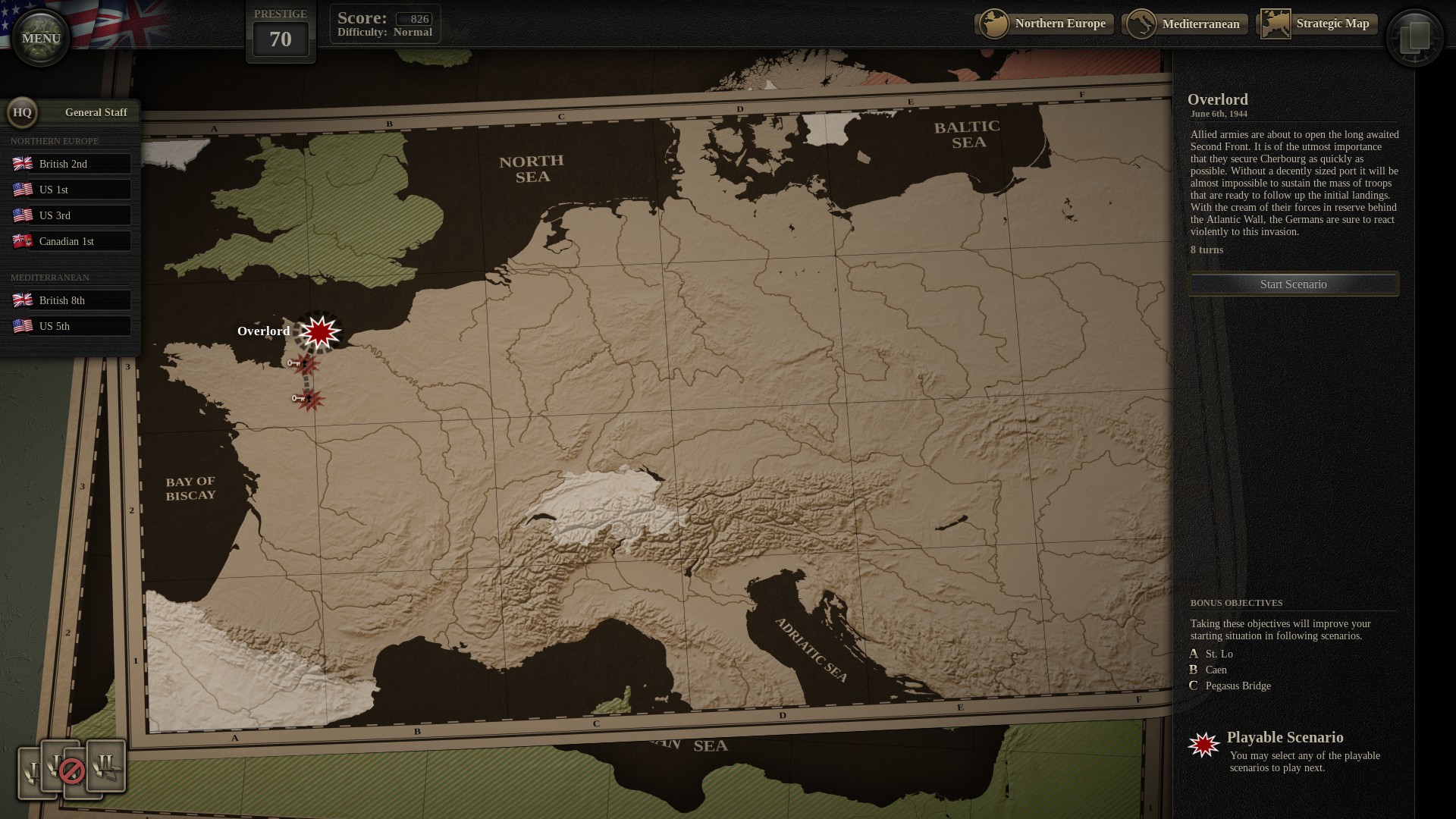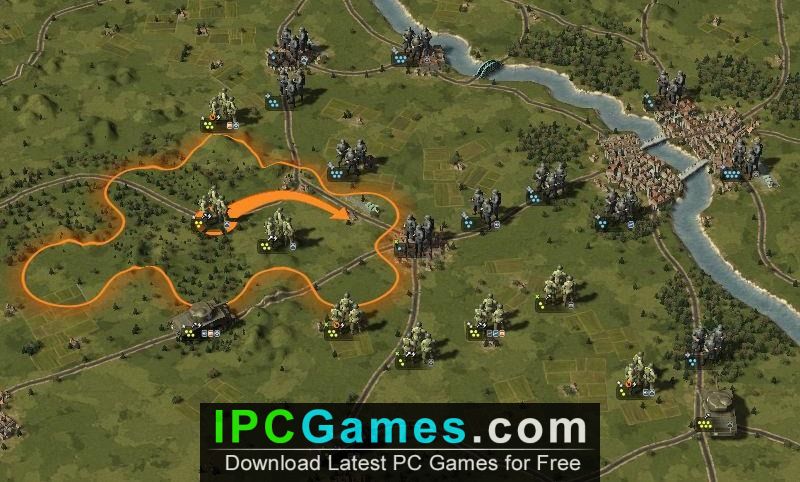

The answer came with having army HQs as locations on the map. The wide-open expanses of Eastern Europe made for a similarly clean (but challenging) strategy design.

“How to present it in a reasonable package so the player wasn’t going to get scared away?” The first Unity Of Command looks simple and clean. So, faced with adding all that stuff to the sequel, Uzelac says he had to ask himself another question. The result of that careful editing is a beautiful and highly readable UI which made UoC much more accessible than many of its wargaming peers.

So he’s not only played a pivotal role in the evolution of war games, but also in the MP3!) (A short aside: Uzelac was the original author of AMP, the pioneering MP3 player which became Winamp when it was ported to Windows. “When I look back I’m proud that I was disciplined and I cut out a lot of stuff and what remained was cohesive,” says Uzelac. Based on the same hex-based battle system as Panzer General, it features only as many systems as it needs to emulate its real-life battles and feel strategically deep.
#UNITY OF COMMAND II MANUAL PC#
Look, it’s at 45th on the Best Strategy Games on PC list, and Tim Stone describes it as ”high-calibre history-steeped hex entertainment”. But the thing about the original UoC, which was released in 2011, is that it’s a thoroughbred of a wargame. There’s fog of war, you can take prisoners, gain intel, perform beach landings and special attacks on enemy positions to weaken them, and your armies have HQs. It was part of the Gustav Line, which held Allied forces for months.Īnd so UoCII features more stuff.

We needed more stuff.” The infamous Monte Cassino, where entrenched German forces on a hill blocked the road to Rome. There were amphibious landings and it involved armies from many different countries. The war here was heavily affected by intelligence and the Allies’ almost continual air superiority. “It was a much more technically complicated war than the Eastern front,” he says. The answer lay in pushing and pulling at the frontline between military accuracy and game abstraction, and in exploring tiny design details which you’d never think could lead to making a vast theatre of war this fun to play.īut as well as dealing with Europe’s topography, the sequel would also have to be a lot more complex than the first. “The question was, how do you go from Case Blue, where you cover 1,000 kilometres in Russia over a month and half, to Monte Cassino, where you stay pounding on one position for six months?” he tells me. The big battles of France and Italy were slow and attritional, crossing mountain ranges and facing enemies dug into forests. So, when designer Tomislav Uzelac began thinking about turning to the Western front for its sequel, he knew he had a problem. The steppes were perfect for UoC’s unique focus on maintaining your army’s supply lines. There, the major battles were about manoeuvre, with tank units chasing and covering miles of ground for their objectives, and lines of infantry moving to counter and support. The first Unity Of Command was designed for the open steppes of the Eastern Front. This is The Mechanic, where Alex Wiltshire invites developers to discuss the difficult journeys they’ve taken to make their games.


 0 kommentar(er)
0 kommentar(er)
